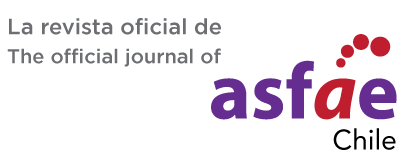“Big Shoes for a Lady”: The Glass Ceiling in a Branch with a Diversity Policy
Keywords:
Glass ceiling, organization, multinational, gender stereotypes, theatre metaphorAbstract
In recent years, there has been an advance in the career of professional women through the use of quotas, regulations and affirmative actions, however, the proportion of women in executive roles continues to be scarce and they mostly access roles with low influence in decision making (Credit Suisse, 2014; oecd, 2016). At a global level, women represent 12 % in the board of directors in large companies (oecd, 2016). In companies from developed countries, 13.4 % of the board of directors are women, compared to 8.8 % in companies in emerging markets (msci, 2014). Moreover, in countries such as Sweden, gender equality in the public sphere, particularly parliamentary representation, has been much faster than gender equality in the corporate world, making evident the persistence of a glass ceiling for women in companies (André, & Bourrousse, 2017).
Studies that account for women’s limited access to management positions (fiel, 2007, oecd, 2008) have concluded that there are invisible barriers that create a vertical segregation. This phenomenon has been called glass ceiling (Catalyst, 1993). Despite the notoriety of the phenomenon, there are still questions about the initiatives companies have taken to establish greater gender equality between women and men in companies and how global diversity policies work in local contexts. This research study is conducted with a theoretical framework based on gender stereotypes in business contexts (Schein, 1973, 1975, 1989, 1992 and 1996) together with Goffman’s dramaturgy and theatrical metaphor (1959/2006) to study empirically the Argentine subsidiary of a multinational called inno (fantasy name).
The conclusions drawn from the analysis of inno’s case study are aligned with a vast literature that argues that managerial positions are designed according to masculine attributes, replicating the phenomenon “think manager, think male” (Schein, 1975, 1989, 1992 and 1996). ). Additionally, it was evidenced that the premises of the diversity policy are elaborated over a paradox that establishes the distinctive value that the feminine attributes contribute to the organization, however, in the transition between supervision and senior management roles the feminine attributes are rendered invisible while masculine attributes acquire a greater symbolic value. In the final section of this work, the implications of the study are discussed.











